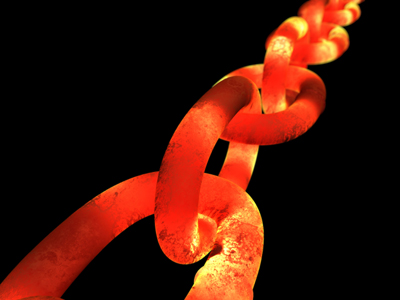
Energy - Transfer by Heating
This Physics quiz is called 'Energy - Transfer by Heating' and it has been written by teachers to help you if you are studying the subject at senior high school. Playing educational quizzes is one of the most efficienct ways to learn if you are in the 11th or 12th grade - aged 16 to 18.
It costs only $12.50 per month to play this quiz and over 3,500 others that help you with your school work. You can subscribe on the page at Join Us
Energy can be transferred by many different methods and into many different forms. A lot of energy transfers involve heat which sometimes is useful and sometimes is wasted. In senior high school, you need to be able to recognize situations in which other forms of energy are transferred into heat energy, to identify if the heat energy is useful or wasted, how to reduce the heat energy losses from buildings and to be able to explain how heat energy moves from one place to another.
Ready for more?
not all...
quizzers. Try to win a coveted spot on our Hall of Fame Page.







